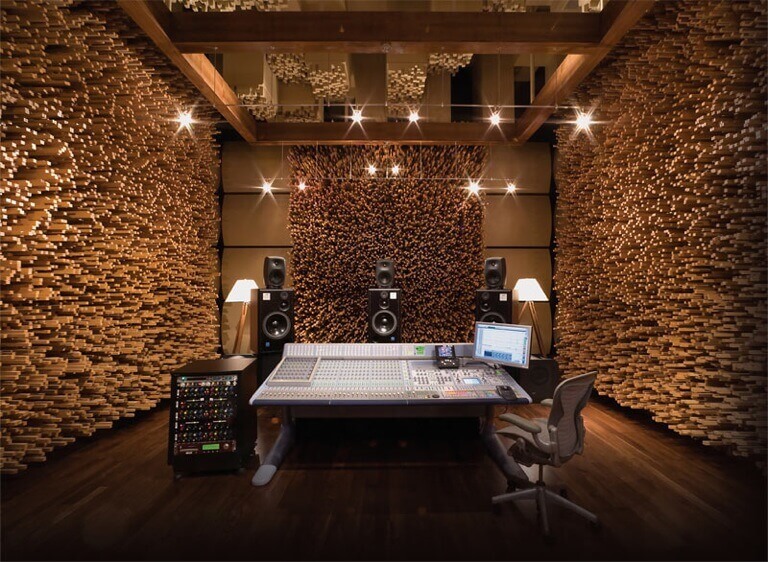Sorry, jumping in late, but have been stalking this thread. Headphones is my only solution for setting up presets at them moment, as my current music room is a disaster at about 140 Hz (really resonant). Whoever said reading the manual for monitors is absolutely right, but if the room is an incurably horrible space with hand claps in multiple positions, there are limitations to how good the result can be, especially if bass traps are not an option for half of the corners.
Has anyone found a simulation tool that deals with non-parallel walls, floor and ceiling? Will be going from one tiny and impossible to fix room (acoustically at least, it will go back to being a perfectly good bedroom), to having a decent size control room, and a really decent size live room. I'm going to angle the wall where they meet, and will make sure floors and ceilings are not parallel with one another too. My plan is mainly "suck it and see", as the intent is definitely not for an acoustically perfect (or even worse, dead sounding) pair of rooms, but it would be good to know which resonant frequencies I'm going to need to worry about.
Going back to the OP, I can take out 6-10 dB around the nasty resonance in my music room, with really good monitors already high pass shelved, and I just don't know what those frequencies are doing. I can hear them, but I can't know if I have controlled them well. If I need to know what the preset sounds like at volume, headphones (ATH-M50X for me - not the flattest, but they are OK) is the only way. At lower volumes, with monitors well placed, life is fine. Once you start working the air in the room a bit harder, doesn't really matter where you place the monitors or EQ them, it's just a bad sounding room. Unfortunately good sounding rooms tend to come at a higher price than the best monitors money can buy. I'm determined to find out if it's worth it.
Liam




